May 30, 2025 | 20:05 GMT +7
May 30, 2025 | 20:05 GMT +7
Hotline: 0913.378.918
May 30, 2025 | 20:05 GMT +7
Hotline: 0913.378.918
Concerned about human resource development in rural areas, Dr. Le Quan, Director of Vietnam National University - Hanoi, has spent many years studying the current situation, achievements and limitations in vocational training for rural workers. Dr. Le Quan drew on his experience thanks to lessons from Japan, South Korea, India, China, and Thailand, thereby setting out a system of views, tasks and solutions for these issues.

Dr. Le Quan, Director of Vietnam National University - Hanoi.
I.
According to the 2020 Labor and Employment Survey Report of the General Statistics Office, the labor force in rural areas is approximately 36.7 million people, accounting for nearly 67% of the national labor force. This continues to put pressure on the need for training and resolving on-site employment for rural workers.
Rural labor migration causes a shortage of jobs in urban areas and at the same time a shortage of labor in rural areas. The unemployment rate of migrants in 2020 is about 9.82%, 4.4 times higher than the general unemployment rate of workers aged 15 and over (2.25%). The unemployed workers are mostly those without professional and technical training.
The percentage of trained workers with primary or higher degrees in rural areas is only 16%, much lower than in urban areas (39.3%). Improving rural labor quality is a big challenge.
The training scale in agriculture in training institutions is constantly in decline. On the other hand, workers who have received training, especially highly trained workers, do not want to go back to the countryside.
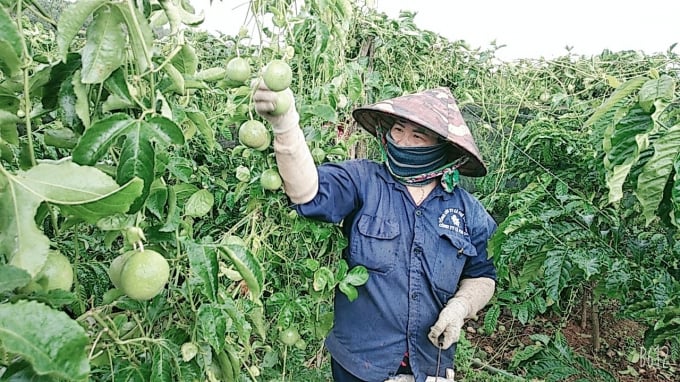
The percentage of trained workers with primary or higher degrees in rural areas is much lower than in urban areas.
This situation comes from the objective fact that the countryside does not have enough material and technical foundations to employ highly skilled workers. Meanwhile, income from the agricultural sector is still low, agro-products price is always in a state of devaluation despite good harvest while the costs of agricultural materials and services are expensive.
Moreover, the application of advanced and smart technology in agriculture remains difficult. The State's investment in agriculture, countryside and farmers is still too small, leading to ineffective human resource training for rural areas, yet meeting the requirements of modern agriculture development and new rural construction.
II.
Countries around the world have synchronously implemented many different human resource development solutions. Vietnam can refer to some of them to resolve the issues concerning rural labor and employment:
Firstly, develop a strategy for rural human resource development, creating a foundation to implement policies with the goal of promoting human resource development in the direction set by the State.
The rural training strategy will help farmers attain a strong belief in themselves upon facing physical and mental difficulties so that they can become more active, dynamic and creative.
The government must be the major investor, the most comprehensive in the construction of vocational training institutions. Businesses are responsible for listing out their employment needs and plans and participating in the training process.
Secondly, diversify professional training activities to effectively transfer professional knowledge and skills to rural workers according to the development needs of economic sectors.
Thirdly, promote the industry in rural areas, create conditions to further develop rural human resources.
Apart from developing non-agricultural economy in the countryside, strengthening vocational training and renewing land policies, Japan pays special attention to rural industrial development. They have policies, plans and master plans to promote industry in big cities and later the countryside. Thailand also offers a lot of preferential policies for businesses to invest in rural areas.
Since the late 60s of the twentieth century, South Korea has implemented many solutions to promote industrial development in rural areas. In 1968 they promulgated the "Local Industrial Development Act" which emphasized promoting the development of industry in urban areas to rural areas.
Fourthly, pay attention to vocational training for the second generation of migrant workers.
In the case of China, this is a matter of sustainable human development. Because agricultural labor mobility is closely related to labor migration.
Migrant workers from rural to urban areas are necessary for economic growth, but reality shows that this group is always disadvantaged in many policies particularly in terms of human resource training and nurturing. These individuals need to receive training to integrate into the urban society, get a job, and participate in the labor market with high productivity and efficiency.
Translated by Samuel Pham
/2025/05/29/5625-12-214801_567.jpg)
(VAN) Provincial mergers in the Mekong Delta promise to streamline administration, expand inter-provincial raw material areas, and foster close linkages in agricultural value chains, benefiting both businesses and cooperatives.
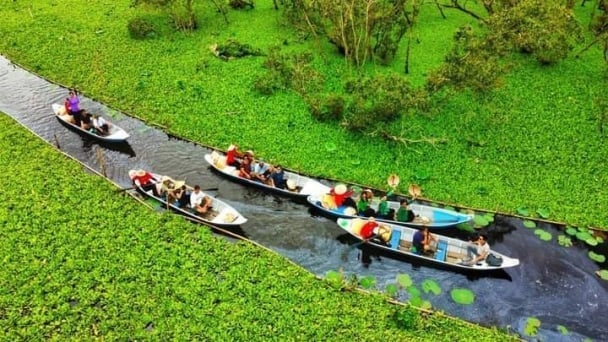
(VAN) Merging Mekong Delta provinces contributes to the expansion of agricultural raw material areas, addressing previous constraints caused by provincial boundaries. Additionally, this expansion will reduce costs and strengthen linkages between businesses, cooperatives, and farmers.
/2025/05/29/1043-2-153730_145.jpg)
(VAN) The Government's policy to merge provincial-level administrative units opens up major opportunities for the Mekong Delta region to reshape its agricultural development strategy toward large-scale production, effective regional linkages, and sustainability.
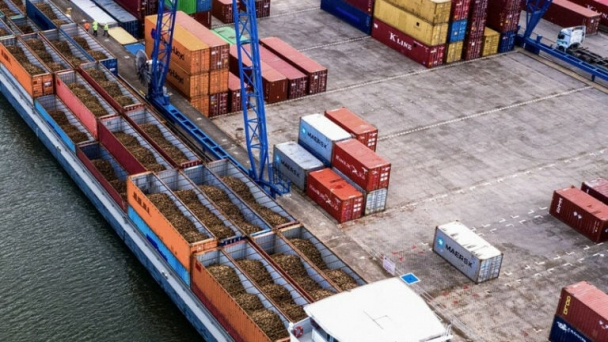
(VAN) The mutual export of agrifood products between the European Union (EU) and the United Kingdom (UK) must occur again without certification, border controls or other red tape. This was agreed at the UK-EU summit.
/2025/05/22/5121-2-173645_677.jpg)
(VAN) NBSAP Tracker identifies strengths and areas for improvement in the National Biodiversity Strategy, based on each region’s priorities and capacities.
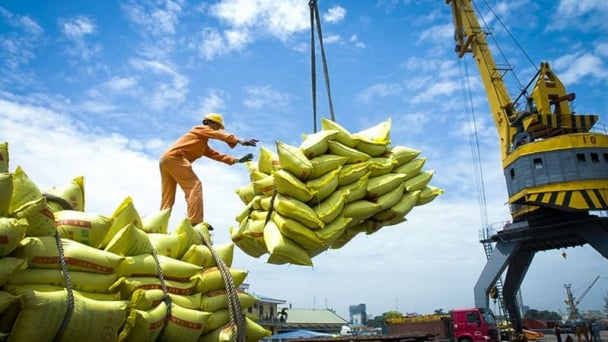
(VAN) The draft amendment to the Circular on rice export trading stipulates a periodic reporting regime for rice exporting enterprises.
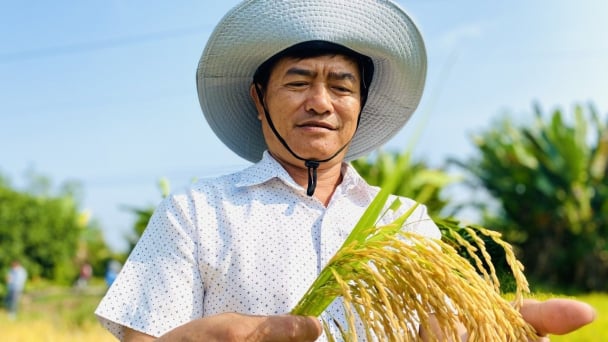
(VAN) Dong Thap farmers attained an average profit margin of 64% during the summer-autumn 2024 crop (first season), while An Giang and Kien Giang farmers followed with 56% and 54%, respectively.